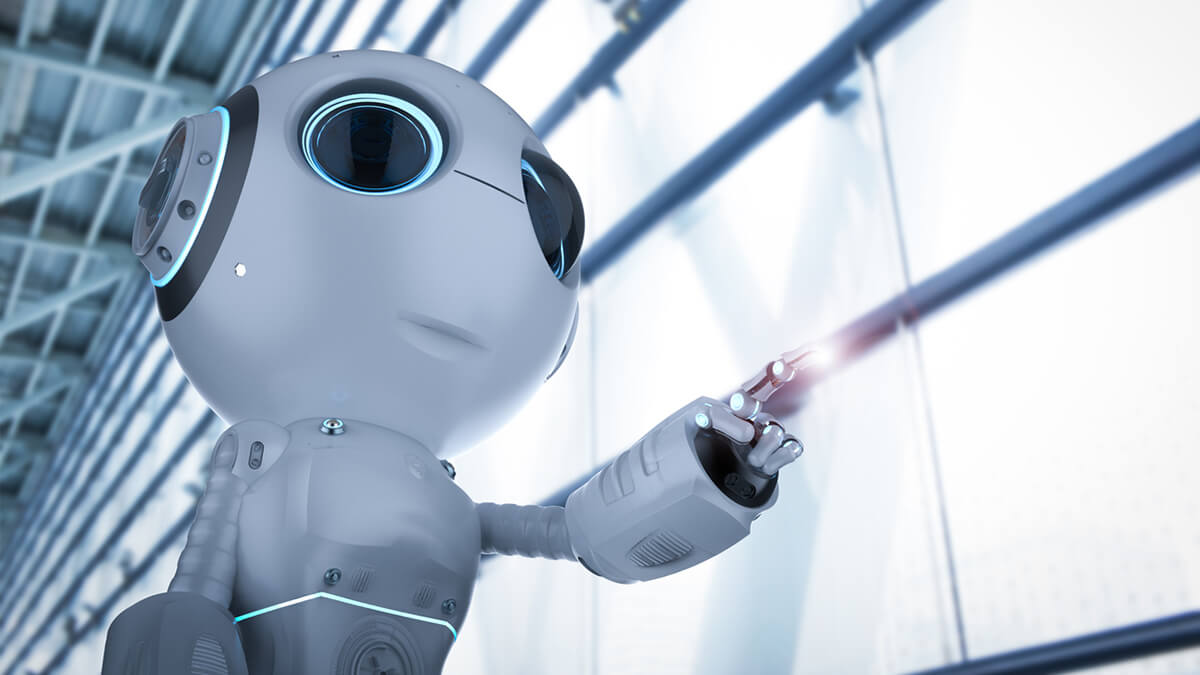The conventional manufacturing sector stands at a crossroads necessitating a shift towards intelligent transformation. By incorporating advanced production technologies, a new era of industrial development is inaugurated.
Consumer demands are evolving rapidly, presenting increasingly complex challenges for the manufacturing industry. In response to this dynamic landscape, smart manufacturing leverages sensing technology and AI algorithms to enhance information visibility and system controllability. The implementation of a Cyber-Physical System (CPS) underscores the industry's focus on collaborative robots, digital twins, and predictive maintenance as key facets of smart manufacturing development.
Collaborative Robots
Traditionally, large industrial robots posed barriers such as high entry costs and extended payback periods. Addressing this, collaborative robots (cobots) emerged as a cost-effective, flexible solution with easier deployment. Suited for repetitive tasks and adaptable to changing manufacturing needs, cobots enhance safety and are particularly attractive to small and medium enterprises (SMEs). This has fueled their adoption in industries with short design cycles and high product variability, such as automotive and electronics manufacturing.
Industry Leaders
Universal Robots: Leading the cobot market, Universal Robots addresses labor shortages through automated solutions and focuses on markets with significant labor demand in China, India, and Southeast Asia.
Techman Robot (TM ROBOT): Known for its machine vision technology, TM ROBOT emphasizes visual inspection for precise object identification, contributing to its global market share growth.
Traditional Industrial Robots Entering Cobot Market: Established players like ABB and KUKA have entered the cobot market, introducing more flexible and cost-effective solutions. ABB's Yumi single-arm and dual-arm cobots, for instance, offer enhanced flexibility and connectivity.
Human-Robot Augmentation (HRA)
Human-Robot Augmentation extends human workers' capabilities, enhancing accuracy and sensitivity through machine learning. This integration enables real-time interaction with humans, adapting to changing tasks and expediting component installation with increased accuracy and safety.
Digital Twins and Real-Time Integration
Digital twins, virtual replicas of devices and systems, are created through sensor data. This technology fosters real-time integration between physical and virtual models, enabling continuous optimization. Applied across various industries, digital twins enhance efficiency, reduce costs, and are pivotal in manufacturing for product development, design, and production control.
Predictive Maintenance
Predictive maintenance, a cornerstone of smart manufacturing, analyzes production data and monitors equipment in real-time to optimize maintenance plans. By preventing unplanned downtime and reducing maintenance costs, predictive maintenance enhances plant operating time and overall production.
The Industrial Internet, relying on data from IoT-connected devices, forms the backbone for predictive maintenance. As technology advances, digital twins and predictive maintenance become integral decision-making tools, shaping the architecture of equipment for smart manufacturing capabilities.




.jpg)









